The risk from volcanoes is present in many places around the globe, with eruptions occurring virtually every month. The ability to research and effectively monitor volcanoes provides vital information about the amounts of rare earth gas isotopes such as neon, argon, helium, H2S, and SO2.
This analysis can be achieved using gas, liquid and soil samples.
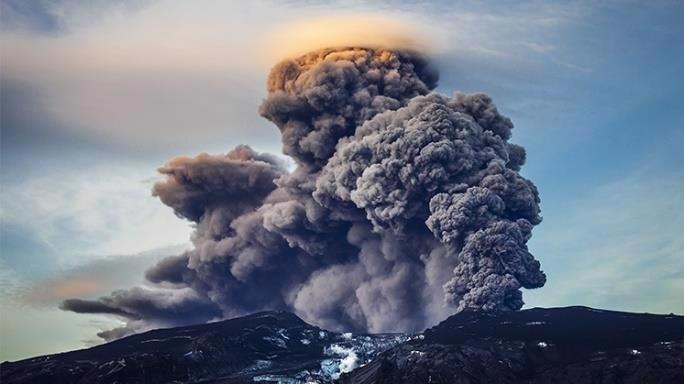
Pinatubo Volcano Eruption. Image Credit: Hiden Analytical
Hiden Gas Analysis systems are routinely employed by volcanologists around the globe to facilitate real-time gas and liquid analysis.
The company’s portfolio of gas analysis systems is ideal for analyzing soil and sediment gas, with measurement of key volcanic gases and isotopes generally possible to PPB levels - even PPT levels for specific species.
The pQA analyzer is a compact, portable analysis tool in a ruggedized case. This instrument has been designed explicitly for fieldwork.
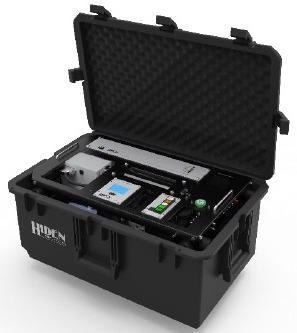
Hiden Analytical pQA. Image Credit: Hiden Analytical
Hiden systems are suitable for the direct real-time analysis of gases, water and sediments. This can be done directly in the field (using the pQA), or more discreet sample analysis can be performed in the laboratory (using the HPR-40 DSA).
Direct gas sampling represents an ideal solution for the long-term surveillance of volcanic systems due to its ability to produce a detailed chemical analysis of particular vents and fumaroles – a gas-emitting opening in the earth’s crust.
Volcanic gas samples are generally acquired by inserting a durable, chemically inert tube into a hot fumarole. The tube is allowed to heat until condensation in the tube reaches equilibrium with any escaping gases.
The gases are collected via the collection tubing using a specially-designed evacuated-sample bottle or a flow-through sample bottle.
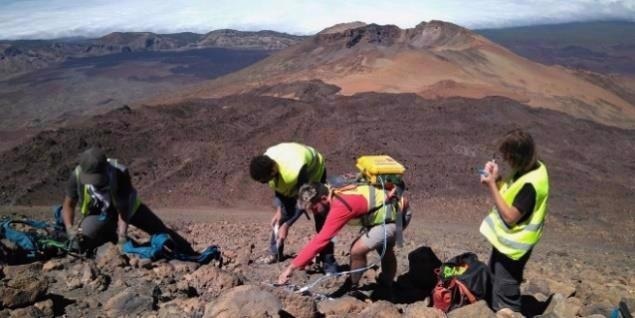
Sample Collection for Laboratory Gas and Liquid Analysis, at Crater of Teide Volcano, Tenerife. Image Credit: Hiden Analytical
It is generally possible to determine the full suite of major volcanic gases in the sample using this approach, including water, CO2, H2S, HCl, SO2, HF, CO, H2, nitrogen (N2), helium (He), oxygen (O2), and neon (Ne), as well as other trace gases.
Hiden’s EGA and QGA software offers an array of built-in algorithms that allow users to select the most appropriate masses based on the gases present in the mixture.
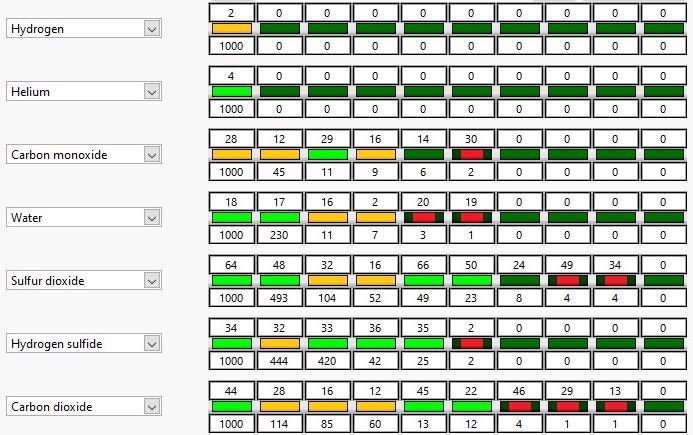
Deconvolution of Typical Volcanic Gases using Hiden QGA Software. Image Credit: Hiden Analytical
Hiden Gas Analysis systems feature a variety of inlets, facilitating detailed gas composition analyses and providing vital information for the evaluation of volcanic hazards.
These systems also allow researchers to construct models which offer distinct insight into the condition of the magma at the depth where the gases initially originated.
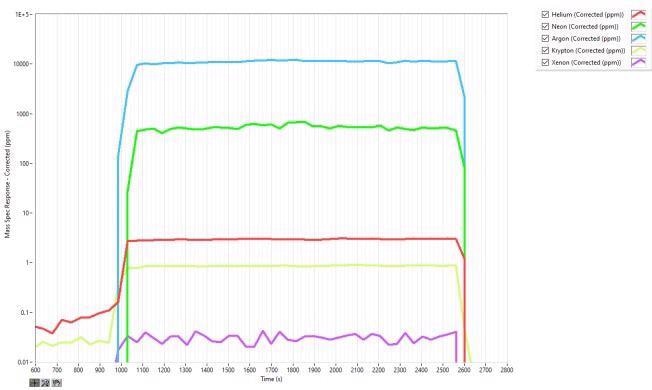
Earth Gas Analysis in Air using Hiden HPR-20 and QGA Software. Image Credit: Hiden Analytical
Isotopes of light elements, like carbon, hydrogen, nitrogen and oxygen, plus isotopes of noble gases like helium, can help elucidate both the origin of the volcanic gas and how much it has been diluted by atmospheric gases.
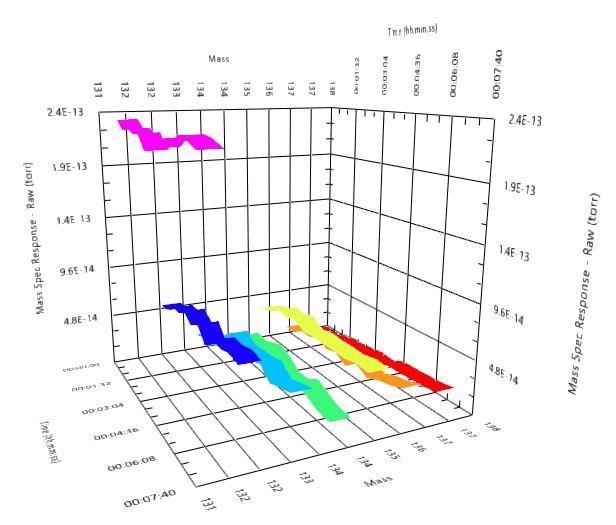
3D Plot of Xenon Isotope Analysis in Air using Hiden HPR-20 and EGAsoft. Image Credit: Hiden Analytical
The Hiden Gas Analysis system’s inlets and software are highly adaptable, ensuring that the user is given a wide range of options for optimizing sample collection and analysis.

This information has been sourced, reviewed and adapted from materials provided by Hiden Analytical.
For more information on this source, please visit Hiden Analytical.